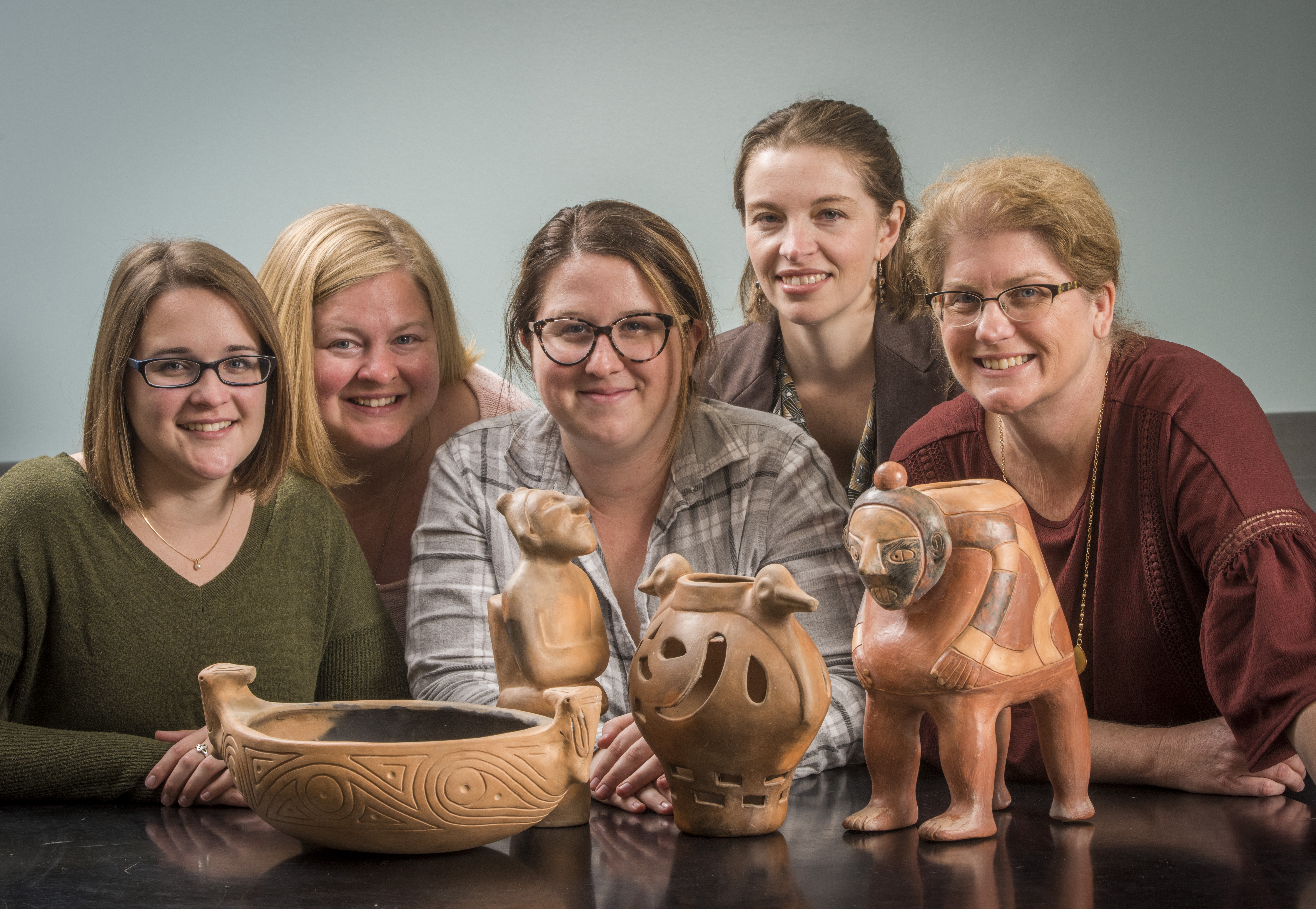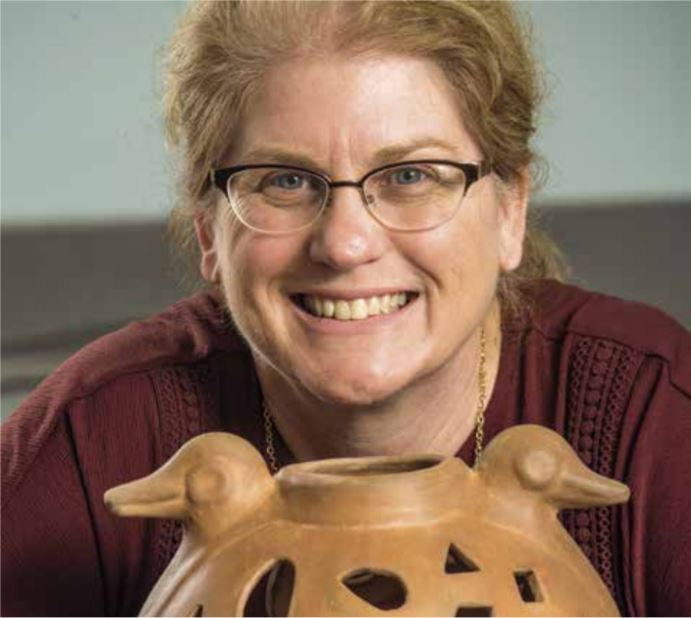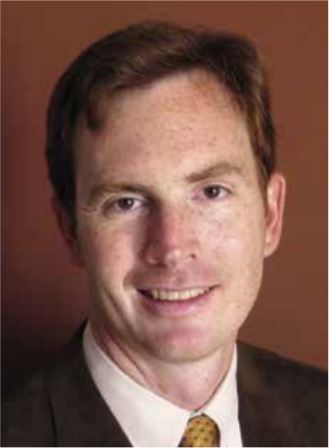Department of Anthropology and National Park Service ‘dig’ their relationship

The past continues to literally come to life for Alexandra Parsons. An archaeologist with the National Park Service’s office in Tallahassee, Parsons has been analyzing artifacts that were recently uncovered near Miami that shed light on the interactions between Spanish missionaries and the Tequesta tribe in the early 1500s.
“The work I get to do is amazing,” Parsons said. “I work with really amazing archaeological collections.”
Parsons earned a doctorate in anthropology at Florida State University in 2012. She started out as an intern at the Southeast Archeological Center (SEAC) in 2005, soon after she arrived in Tallahassee and began working on her master’s in anthropology. She became a full-time employee of the National Park Service in 2011.
FSU and SEAC have a rich, productive history. Parsons is one of dozens of FSU graduates and current students who are based at SEAC’s offices in Innovation Park in Tallahassee. The relationship, formally documented in a Memorandum of Agreement signed this past summer, dates back to 1972 when SEAC relocated from Macon, Georgia, to the Bellamy Building on FSU’s campus.

The National Park Service wanted its operation to be affiliated with an anthropology department at a Tier 1 university, said David Morgan, SEAC’s director. FSU was a perfect fit for SEAC and its broad region, which stretches west to Louisiana, into the Caribbean and as far north as North Carolina.
“We offer a lot of benefit to anthropology students, and in return, they provide a lot of benefit in terms of helping us with our projects,” Morgan said. “I would describe it as an ideal partnership.”
Heather Young would agree. Young, who earned her bachelor’s in anthropology in 2015, is a museum technician at SEAC, where she did an internship as an undergraduate. During her final semester at FSU, she accompanied archaeologists who were doing a survey in the St. Marks Wildlife Refuge in Wakulla County. Their work focused on the Weeden Island native culture that dates from 300 to 1000 A.D.
The work so enthralled Young that she returned to SEAC after graduating and served as a volunteer as often as three times a week for six months before she was eventually hired.
“I thought it was a wonderful opportunity,” she said. “FSU is building such a great relationship with the park service. In school, it’s more about the theory, but the park service gives you the field experience.”
Not every anthropology student at FSU is interested in becoming an archaeologist. The department, based in the College of Arts and Sciences, also prepares students in various subfields, such as cultural anthropology. But no subfield is better suited to give students hands-on experience — and oftentimes employment — than archaeology.
Tanya Peres, an associate professor and graduate program director in FSU’s anthropology department, was employed by SEAC in the 1990s when she was an undergraduate at FSU. She was delighted to have the Memorandum of Agreement secured earlier this year.

“This codifies the relationship. It also gives us a way to work on projects with the park service that have mutual benefits,” Peres said. “It streamlines the process for doing this. For instance, if we have activities or research or public outreach components of projects that are of mutual interest, this gives us a way of jointly working on them.”
At SEAC, FSU students are exposed to the real world of uncovering the past. They get a front-row seat to the permitting process that sometimes occurs on federal land. The students also have an opportunity to train on equipment that FSU and other universities are unlikely to own.
Morgan estimates that 60 percent of FSU’s anthropology students have received paid training with the National Park Service. The relationship goes both ways, too. A number of full-time employees at the park service are working on graduate degrees at Florida State, Morgan noted, while SEAC work often turns into a thesis project for a student at FSU. And, as Parsons, Young and many others demonstrate, FSU students often become National Park Service employees.
“We have the benefit of having their tenure as a student to see what sort of employee they’re going to be,” Morgan said. “That helps us to recruit and retain some of the best employees we have. It’s a rare thing.
“We also benefit from being in an environment with other professionals, and this lets us stay in touch with the academic side of the profession while their students get exposure to the more practical side,” he added. “It’s a win-win partnership.”

